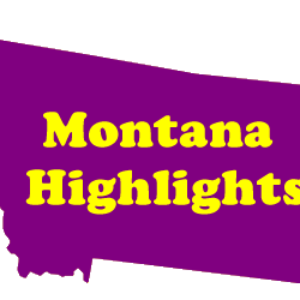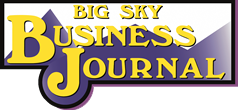From Center Square
States that enforced Certificate of Need (CON) laws during coronavirus shutdowns increased mortality rates for COVID-19 patients and others, a new assessment of state laws has found.
Montana is among about 35 states that still impose CON laws – laws which require some health care facilities to “prove need” before being allowed by the state government to go into business or to expand business, such as adding the number of beds. Part of that consideration involves protecting existing, both public and private, facilities from competition.
An analysis of state laws, published in a new working paper by economists Agnitra Roy Choudhury, Alicia Plemmons and Sriparna Ghosh at the University of Cincinnati, Auburn University, and Southern Illinois University, concludes that CON laws increased mortality rates for COVID-19 patients and others.
In Certificate-of-Need Laws and Healthcare Utilization during the COVID-19 Pandemic, the authors found that in states with high hospital bed utilization, suspending CON laws saved nearly 100 lives for every 100,000 residents for all causes of death. Suspending CON laws saved 40 lives from COVID-19 and 57 lives from natural causes of death.
In states with high intensive care unit bed utilization, suspending CON laws saved 28 lives for every 100,000 residents for all causes of death, saved 11 lives from COVID-19 and 15 lives from natural causes of death, the report says.
“CON laws are legal limitations to the expansion and acquisition of medical services within a state and were not structured in a way to prepare or stockpile medical goods and services to the volume that has been required to meet demand swells during the recent pandemic,” it states.
The analysis primarily focused on mortality caused by COVID and non-COVID related reasons to assess how CON laws affected access to health care for illnesses that might require similar medical equipment.
“Their baseline results suggest that mortality rates are higher in states with CON laws relative to that in states without any CON laws,” the report states. “States with high healthcare utilization due to COVID that reformed their CON laws during the pandemic saw a significant reduction in mortality resulting from natural death, Septicemia, Diabetes, Chronic Lower Respiratory Disease, Influenza or Pneumonia, and Alzheimer’s Disease in addition to reduction in COVID deaths.
“In states with high ICU bed utilization that subsequently reformed their CON laws in order to increase acquisitions of medical equipment, 11 lives per 100,000 residents [were saved] from COVID weekly,” the report states.
By keeping CON laws in place, health care providers were prevented from expanding care options, the report found, including the ability to add beds, ventilators or expand facilities.
Twelve states do not have CON laws; 15 states and the District of Columbia have CON laws in place; 23 states suspended some portion of CON laws or enabled emergency provisions.
Several attempts have been made to pass bills in the Montana State Legislature to eliminate Montana’s cumbersome bureaucracy controlling the emergence of new health care providers or preventing existing ones to expand, but to date they have been unsuccessful. CON laws protect hospital profits, not patients, in a process that can takes months or even years, Moriah Lawrence and Angela Erickson at the Pacific Legal Foundation, argue.
Lawrence and Erickson charge that state bureaucrats “are so concerned with the potential harm to the existing companies’ bottom lines that this process ultimately creates ‘Competitor’s Veto.’” In Montana government- ran medical facilities have exercised that veto to block private sector companies from entering the market. Hundreds of preventable deaths can be traced back to CON laws, well before the coronavirus, according to a 2016 Mercatus Center report. Mercatus published empirical evidence to show how death rates were higher for patients suffering from pneumonia, heart failure, or heart attacks at hospitals in states with CON laws than in non-CON states.


